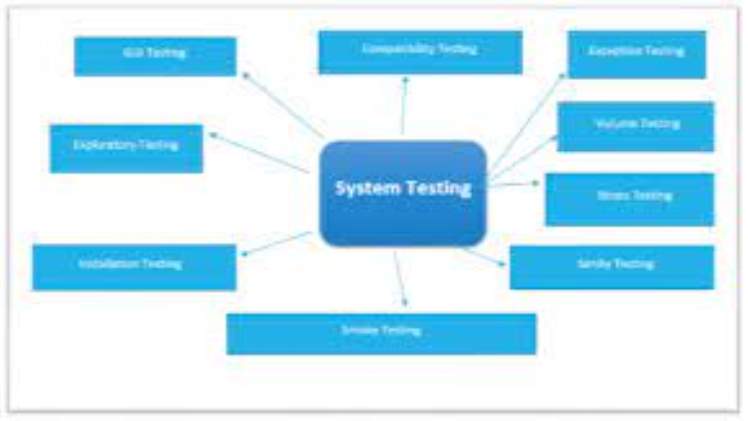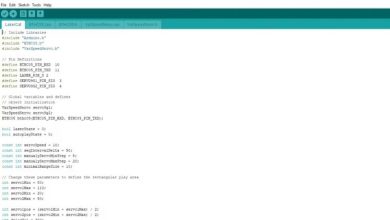Exploratory, Regression, and End-To-End Software Testing

Exploratory software testing is the most informal form of software testing. It is not based on a systematic test plan and is difficult to reproduce failures and report defects. This method is also known as ad hoc testing. This kind of testing is often associated with monkey testing, and is the least formal form of testing. In contrast to structured testing, exploratory software testing relies on error-guessing techniques and requires no preparation or documented procedures.
Exploratory testing
Exploratory software testing is an approach to software testing that is described as learning while simultaneously designing and executing tests. The process is characterized by multiple exploratory tests, which are executed and evaluated in a controlled, incremental manner. If your software is not meeting its expected quality, exploratory testing is a good option for you. This approach is useful for developing a streamlined, effective software testing process. To learn more, check out this article!
Ad hoc testing
Ad hoc software testing refers to the process of testing software products without specific premeditation or planning. This type of testing is different from planned software tests and is characterized by a lack of documentation and rigid goals. Ad hoc testing is often less efficient than planned tests and relies heavily on tester experience. Without documented test cases, ad hoc testing is difficult to organize and manage. Also, discovered bugs are difficult to reproduce.
Regression testing. Visit here for more descriptions of Bryce Laspisa
Regression testing is a common practice in software development. It is a valuable tool that allows you to test multiple versions of a software application for potential flaws before the product is released. Regression testing is often automated and can be scheduled overnight or during a weekend. While manual testing is a viable option, it can take more time and documentation. Exploratory testing, in contrast, is a more flexible option that fits into any time frame. These tests look for issues, and if they find any, they can be transformed into repeatable test cases.
End-to-end testing
End-to-end software testing simulates real-world user behavior, which is crucial for high-end applications. Using real-world scenarios, developers can ensure that the software works properly across various platforms and browsers. Additionally, end-to-end testing ensures that network communication functions and APIs work as expected. These tests are highly productive and give developers peace of mind before going live. Here are some important tips for successful end-to-end testing.
Usability testing
The ultimate goal of usability testing is to find a prototype design that users enjoy and use successfully. To determine whether a design is usable, designers should document users’ behaviors and reasons for them. After conducting usability tests, designers should make any necessary changes to the prototype. While usability tests cannot differentiate between design errors and user error, they can provide guidelines for continued testing. Usability testing software helps companies measure how well their products perform in everyday use.
Reliability testing
What is software reliability testing? Simply put, it is the process of testing how well a piece of software will work under certain environmental conditions and for a certain amount of time. This helps discover problems related to software design and functionality. The goal of software reliability testing is to minimize risks associated with software development, from the first software release to the final version. This article will explain how software reliability testing works and give you some helpful tips. Hopefully, you’ll find it useful! To know more click Louis Vuitton Handbags
Security testing
The traditional function security testing (SSD) method is ineffective for detecting latent software security defects. The number of reported web application vulnerabilities is increasing at an alarming rate, with most of these problems being due to a typical SSD. This paper presents a model for effective software security testing that extends the traditional testing process to include defects behavior analysis. The model incorporates the strengths of both traditional security testing and SSD-based security testing.



